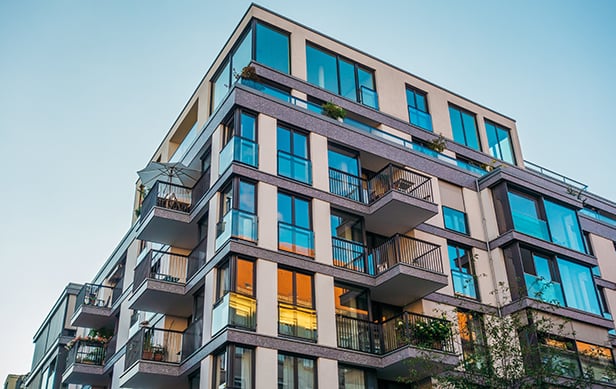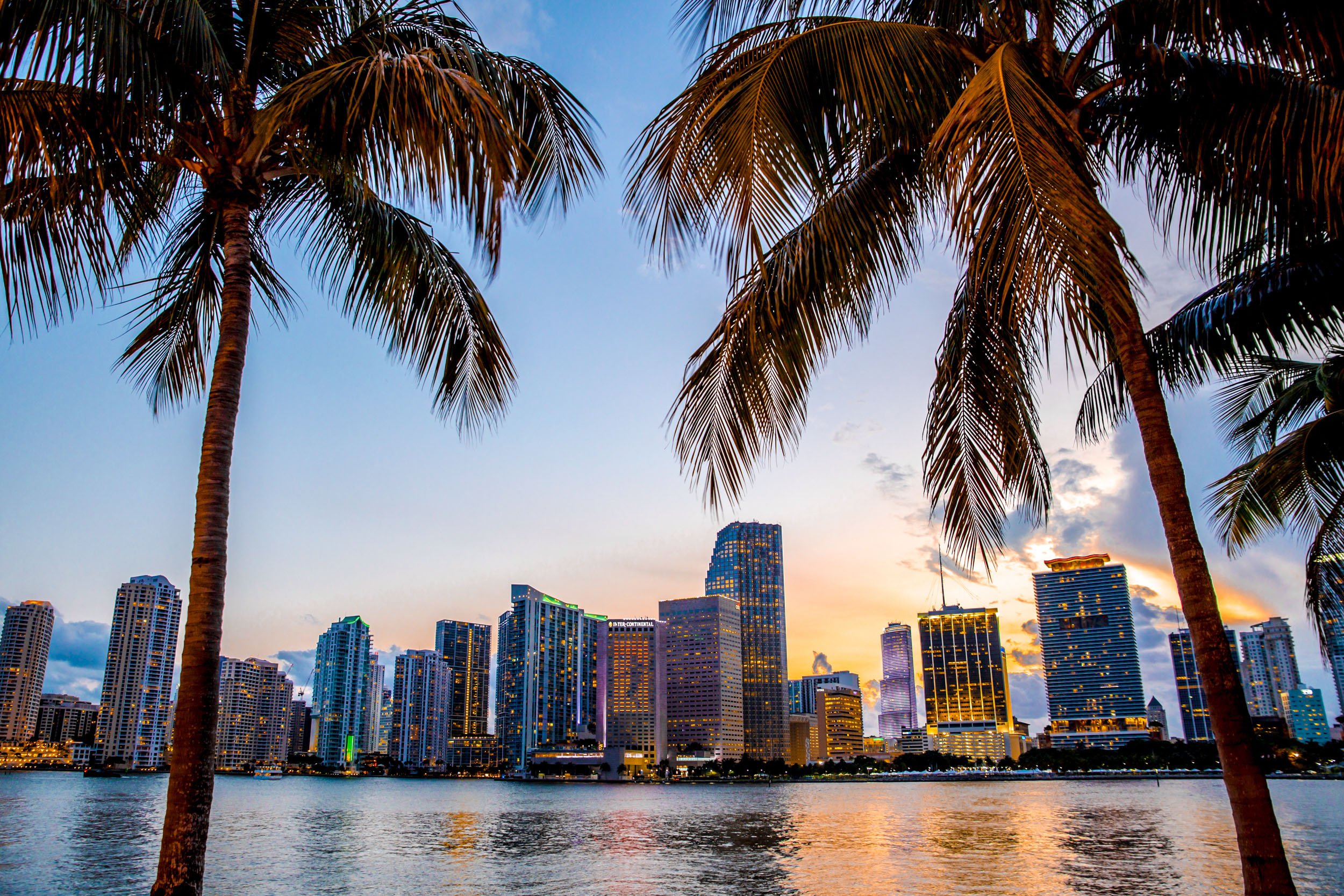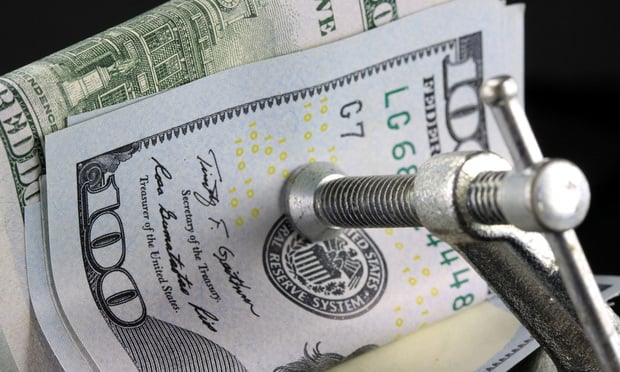Smaller associations that use public convention centers plan meetings at least two years out, while larger groups usually establish meetings three to five years ahead. Some meeting planners for smaller meetings and seminars, that use large hotels instead of public exhibition halls, tell GlobeSt.com that they already feel the pinch from rising travel costs, hotel rates and a skittish economy. These firms are considering cutting the number of meetings, attendees, food and beverage costs; selecting second tier markets and/or limited service properties; and ending outside events, as hotel rates and overall travel costs rise.
However, for mammoth conventions such as the National Association of Realtors or the National Association of Home Builders (NAHB), planners find a foundering economy now raises uncertainties as to what, if anything, they'll face in 2010 and beyond. "I have to listen to so many economic indicators, and I got to tell you, I'm flip-flopping on my own predictions,'' says Kahn. "Everyone is afraid to talk recession, weak economy or worse, but I don't think this will be a major recession.''
During the past decade there has been boom in public convention center construction and expansion, creating a vast oversupply. Many convention bureaus and centers ended up making major concessions to groups on rental rates and other services. Kahn says those days are gone.
John Keeling of PKF Consulting in Houston, one of PKF's convention and meeting consultants, says the drop in business certain convention centers may feel depends on the economic health of the industry sector of the associations holding meetings. "A fall off in the convention industry is industry specific, not general,'' Keeling notes. "The barometer is the health of the meeting groups.'' Keeling predicts that industries hurting in the credit crisis, such as mortgage banking and financial institutions, will probably also see lower attendance and scale back usage of convention centers.
That may have proven out in Orlando, when the NAHB, the largest convention in the nation with average registration of more than 100,000 for its yearly International Builders Show, saw attendance drop 11 % from 2007's 104,000 signed up. The association's senior staff VP of marketing and sales, Mark Pursell, says Orlando attendance was the result of "the perfect storm…The biggest factor being the housing market and home-building struggles we were having.'' The other ill wind was that it was the fourth year for the NAHB in Orlando, and the regional drive-in market could be waiting for NAHB's return to Las Vegas beginning in 2009.
© Touchpoint Markets, All Rights Reserved. Request academic re-use from www.copyright.com. All other uses, submit a request to [email protected]. For more inforrmation visit Asset & Logo Licensing.






